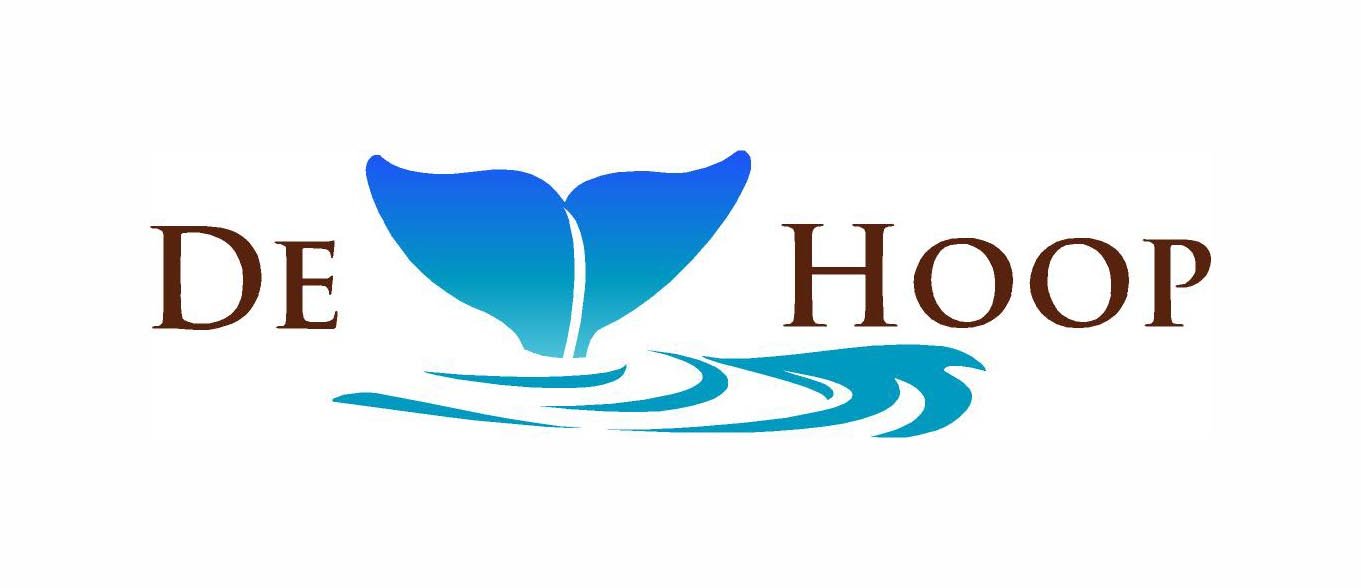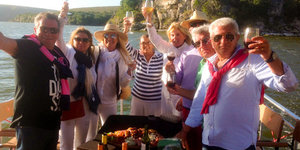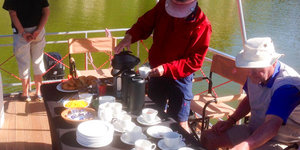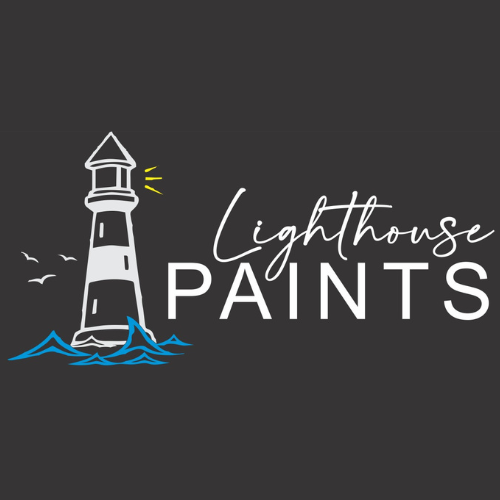The Cape Clawless Otter, recognised as the African Clawless otter, is the second largest fresh water otter. Although this amazing otter is only classified as ‘Least Concern’ on the IUCN’s Red List, the clawless predator is receiving quite a lot of attention as a potential indicator for water pollution in its habitats.
Although the Cape Clawless otter offers such a great potential indicator of water pollution in the Western Cape, and in other habitats throughout South Africa, little research has been done on the animal to be able to prove or develop this idea. The University of Cape Town is currently leading the research being done on the biology, distribution and conservation status of the Cape Clawless otter in the Western Cape, yet there is currently no “baseline data upon which to assess the combined effects of habitat loss and pollution of aquatic ecosystems on the distribution, abundance and health of otters,” reports the leaders of the UCT Cape Clawless Otter project.
With webbed, clawless feet, a thick chestnut fur and a silky belly, the Cape Clawless otter makes most of sub-Saharan Africa its home. Wherever there are largely permanent water bodies, particularly in savannah and forest areas, these beautiful mammals claim home. Their white facial markings, which run down their throat and chest, are often the giveaway characteristic for these otters, catching the moonlight at night or standing out amongst the green and brown landscapes during the day.
Despite their easy to spot markings, they are shy, nocturnal animals that are rarely seen unless sought after. Their extreme territorial behaviour means that they are usually lonely animals, but these otters can sometimes be found in small groups sharing a territory. Even more intriguing than seeing two otters together is seeing the graceful movement of one in the water. While they are awkward and humorous to watch on the land, they are simply impressive in the water.
Meander the vlei on one of our Eco-Boat Cruises, and you just might catch a glimpse of one of these remarkable creatures. Our newly built Otter suites offer prime position with views of the vlei, where you just might be fortunate enough to spot these creatures while sipping your morning coffee.
Could the Cape Otter be a potential indicator of water pollution levels?
22 September 2015Share This Post

De Hoop Collection in Bredasdorp offers exclusive accommodation and nature experiences in the De Hoop Nature Reserve. From remote luxury self-catering houses overlooking the 16km long Ramsar-listed vlei to upmarket catered suites just a short stroll from The Fig Tree Restaurant, De Hoop Collection h...
View ProfileWhat is Xplorio?
Xplorio is your local connection allowing you to find anything and everything about a town.
Read MoreOther Articles
Family Adventures Await at De Hoop Collection!
A huge thank you to The Unrivalled Passport and Jurgen Bremer for capturing the magic of family time at De Hoop Collection!
Guided Eco Boat Cruise
A Guided Eco Boat Cruise is a wonderful way to explore the De Hoop Vlei...
The Future of Business Is Remote
Smart businesses are going virtual. Disocver why hiring a remote virtual assistant is key to growth, freedom and flexiability.
11 - 13 July 2025: Wine, Whales and Music 2025
Join us for our annual celebration of Wine, Whales and Music!
Exclusive Wine Weekend at De Hoop Collection
Join Bruce Jack, Michael Fridjhon, and William Stephens for an unforgettable wine escape at the breathtaking De Hoop Collection.
Jessie's Arts and Crafts Hosted by Lighthouse Paints
Jessie's Arts and Crafts Hosted by Lighthouse Paints.




.jpg?width=200&height=94)
.jpg?width=200&height=94)

.jpg?width=200&height=94)


.jpg?width=200&height=94)




.jpg?width=200&height=94)
.jpg?width=200&height=94)





























